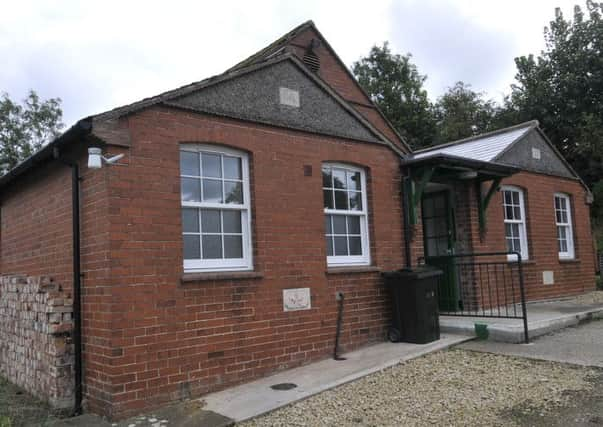Dearth of fresh blood to run village halls


According to the findings of a survey by Action with Communities in Rural England (ACRE), England’s 10,000 village halls rely on more than 12 million hours of volunteering each year to deliver their traditional role as the heart of small communities.
But the average age of a village hall committee member is now 58 and more than half of the committees who responded to the survey said they were struggling to find new recruits to help manage the buildings for future generations to benefit from – with people protesting that they were too busy, too old or simply not interested.
Advertisement
Hide AdAdvertisement
Hide AdRural Action Yorkshire, a charity which supports village halls across Yorkshire, is aware of the problem.
Tess McMahon, the group’s community buildings advisor, said: “The issue of attracting new blood into the running of rural buildings becomes of even more concern when their social value is evidenced with this survey’s findings. To lose a village hall will be of detriment to the quality of life in these often-isolated and overlooked regions.”
The most popular uses for village halls are pre-school and nursery groups, according to ACRE’s survey, as well as fitness and dance classes, clubs and groups for older people such as luncheon and retirement clubs, and organisations for young people like the Scouts, Guides and Girls’ and Boys’ Brigades.
But the committees that make all this possible are working flat out - together hall volunteers make a total commitment worth almost £85m annually - and often in difficult circumstances. With many making little to no profit, there are challenges around funding repairs with nearly a quarter of halls built before the First World War.
Advertisement
Hide AdAdvertisement
Hide AdNigella Ballard has been treasurer of Amotherby Village Hall near Malton for more than 20 years. She is one of an eight-strong committee.
“At almost every AGM we put out a plea to get new members and no-one turns up,” she said. “A lot of people are working full-time these days and people just don’t want to commit themselves. I don’t know what the answer is but we’re getting to the point where some of the older members are getting too old and we’re not getting replacements.”
John Lunham, secretary of Bilbrough Village Hall near York, said it was vital that people support their village halls: “We play an important role in developing and maintaining a good community spirit. The hall is used virtually every day through the week for a wide range of events including judo, dog training and pilates.”
Cold Kirby Village Hall near Thirsk serves about 60 residents. It hosts film nights and a fortnightly library meeting to replace a mobile library which no longer operates.
Advertisement
Hide AdAdvertisement
Hide AdJulie Bushell, the hall’s honorary treasurer, says the hall only functions because of a small group.
“We have a small but dedicated team but getting people all together on the right days when something needs doing is difficult because everyone is so busy.”
Some 1,300 village hall committee members took part in ACRE’s survey.
Value of village halls in numbers
Around 10 per cent of village halls also host a community enterprise such as post office, community shop, coffee shop, library, cinema or farmers’ market.
Advertisement
Hide AdAdvertisement
Hide AdEach village hall hosts an average of nine life events, such as weddings, christening parties or wakes each year – a grand total of 90,000 gatherings.
They hosted over 15,000 events to celebrate the Queen’s Diamond Jubilee in 2012.
More than 90,000 individuals, small businesses and professionals use village halls to earn their living, or part of it, during the year.